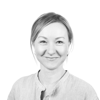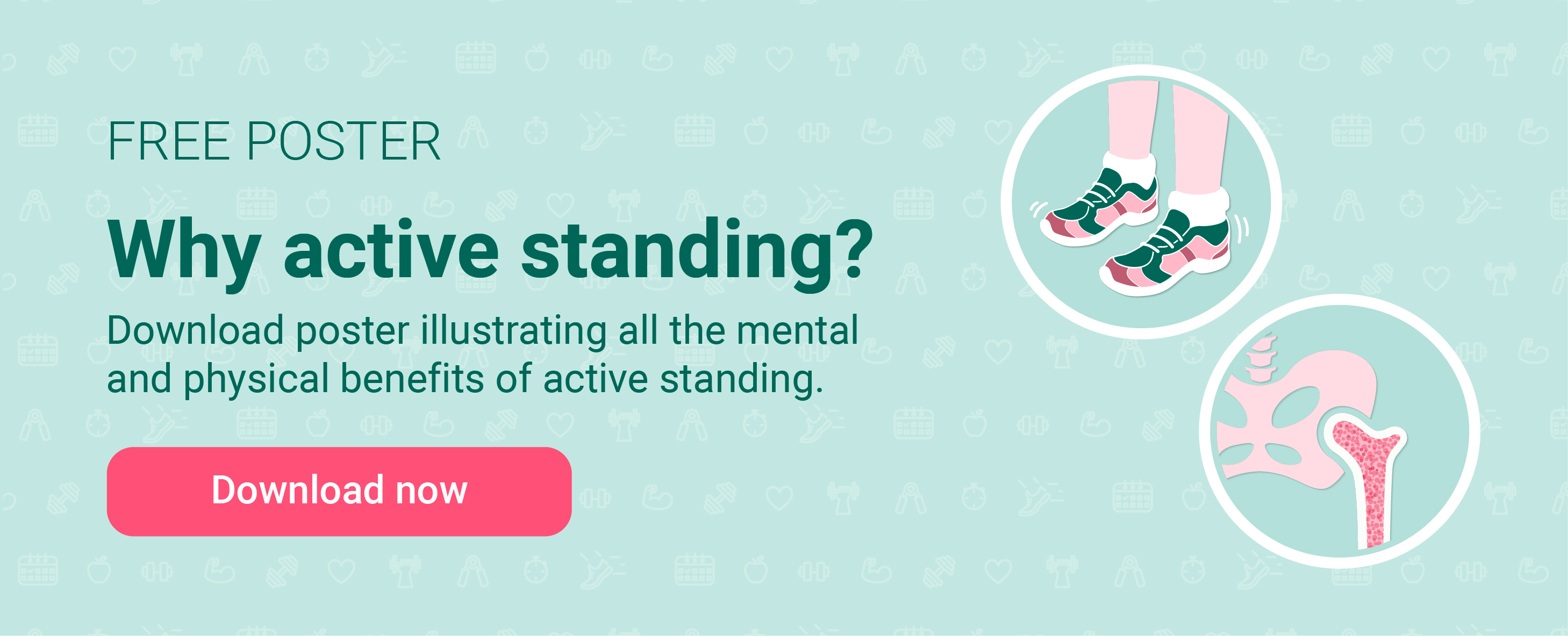/spinraza1.png?width=640&height=334&name=spinraza1.png)
06-Oct-2022New Treatment for SMA Gives New Opportunities – Highlights from the Rehab Day in Sweden

Back to Blog Overview
Made for Movement was enthusiastically present at the Rehab Day in Lund, Sweden, February 5th. The topic was “Research within SMA, physical activity and movement – The impossible is no longer impossible!” We share some important highlights from the talks.
SMA distribution in Sweden: |
The Rehab Day was arranged by the Swedish union Network for Spinal Muscle Atrophy (NSMA). About 200 people in Sweden suffer from SMA, and about 80 of these are below 18 years old.
The Swedish National SMA Register is continually working to update the register in order to follow up on the effects of various treatments, both on an individual and group level.
Early Treatment Seems to Be Most Effective
From November 2016 until January 2019, a total of 49 children and teens in Gothenburg have been treated with nusinersen (Spinraza®). 15 of the children have SMA 1, 17 have SMA 2, and 17 have SMA 3.
As with any new treatment method, you have to be careful to draw too early conclusions. Even so, the development so far gives us reasons to be optimistic.
Generally, we’re seeing that Spinraza® increases the survival rate of children with SMA 1. In addition to this, the treated children are able to exercise, and experience general improvement in function.
The children treated earliest, i.e. still in infancy, seem to be most strongly affected by the medication.
Expected motor development without medication
The expected, natural motor development for the different levels, without medicinal treatment, looks like this:
SMA 1: Symptoms appear before 6 months of age. The child will never learn to sit, and we see a quick reduction of muscle strength and motor skills.
SMA 2: Symptoms appear between 6–18 months of age. The child will learn to sit, but will not be able to walk. Motor function will be reduced as the child grows in height and weight.
SMA 3: Symptoms appear after 18 months of age. The child will learn to stand up and walk. Motor function will be reduced as the child grows in height and weight.
Children with SMA will experience progressive muscle wasting. The legs are often weaker than the arms. Motor function and the ability to move will be affected as the child grows, as the muscle strength does not develop proportionally with the size of the body.
The child will also experience increased risk of developing scoliosis, because of weak musculature in the back and stomach. Respiration is likewise affected.
Read more: What is Duchenne Muscular Dystrophy?
Spinraza® Treatment Must Be Accompanied by Muscle Activation
When the child is treated with Spinraza®, the active substance contributes in helping the body produce more of the SMN protein that’s missing in people with SMA. This reduces the loss of nerve cells, so that muscle strength is better retained.
When treating a child with Spinraza®, it’s of the utmost importance to accompany this with muscle activation.
Exercise programs and recommendations from a physiotherapist should be individually developed to take into account the child’s age, motor development level, muscular function, as well as the child’s interests and preferences.
The exercise should be varied, and include an element of fun for the child, to keep the motivation for exercising as strong as possible. We recommend a minimum of 3–5 training sessions a week, but ideally every day.
Recommendations Based on Age and Development
Small children
Lying down
- Symmetrical positions – vary positions often
- Use toys that encourage play and movement (like a baby gym)
- Slings may be used to support the child’s extremities to ease movement against gravity for the weakest children
- Keep a close eye on the child’s motor development, to stimulate towards the next development level
- Let the child lie on the floor to stimulate rolling
- Stimulate the child in the prone position to strengthen neck and shoulder musculature
Sitting up
- Sitting up is an important position to give the child the opportunity to discover the world
- Keep early sessions of sitting up short, and give the child enough support to keep the position symmetrical
- When the child can sit more steadily, gradually increase the amount of time for the position
- If the child has a weak trunk musculature, a spinal orthosis may be a good alternative
Older children and teens
- Exercise on the floor to strengthen neck and shoulder stability when prone, practise rolling and sitting up and down.
- Strength training programs for older children that may be performed at home, in kindergarten or at school
- Assistive devices to stimulate activity may be used with advantage, such as Motomed, Innowalk or bicycles
- Pool training
Important to Help Non-Walking Children Become Less Sedentary
In Sweden, the general recommendation is for children with severe disabilities, aside from their individual exercise program, to do standing exercises for up to two hours per day. The assistive device should be chosen based on the individual child’s needs.
It’s a known fact that children without the ability to walk, are sedentary for up to 95% of their waking hours. The recommendation is to reduce this percentage, as long periods of sedentary behavior has a negative influence on our general health. The amount of physical activity should be generally increased, and newer research has shown that movement in a standing position in the Innowalk may be counted as light physical activity.
This research resulted, among other things, in several swedish children with SMA who are treated with Spinraza® getting the Innowalk as an assistive device.
Innowalk Shows Promise in Combination with Spinraza®
Because of the medical substance, to this date it’s hard to distinguish between what effects are caused by it and what’s caused by movement in the Innowalk.
It’s still worth mentioning that the children who use the Innowalk in combination with the medical substance, (so far) are experiencing the following:
- Positive effects on motor function
- Expedient way of stimulating walking movement
- Thigh musculature activates as the child is walking
- Prevention of contractures
The article is based on talks on the NSMA Rehab Day for spinal muscle atrophy, February 5th 2019. The talks were headed by: Professor of Pediatrics Mr Tulinius and Associate Professor Anne-Karin Kroksmark, The Queen Silvia Children’s Hospital, and PhD. Katarina Lauruschkus, Lund University.

Rikke Damkjær Moen brings many years of experience as clinical physiotherapist to the Made for Movement team. Her mission is to ensure that everybody, regardless of mobility problems, should be able to experience the joy and health benefits of physical activity. As our Medical Manager, Rikke is passionate about sharing knowledge so that individuals with special needs, families, and clinicians can discover the possibilities and solutions provided by Made for Movement.


